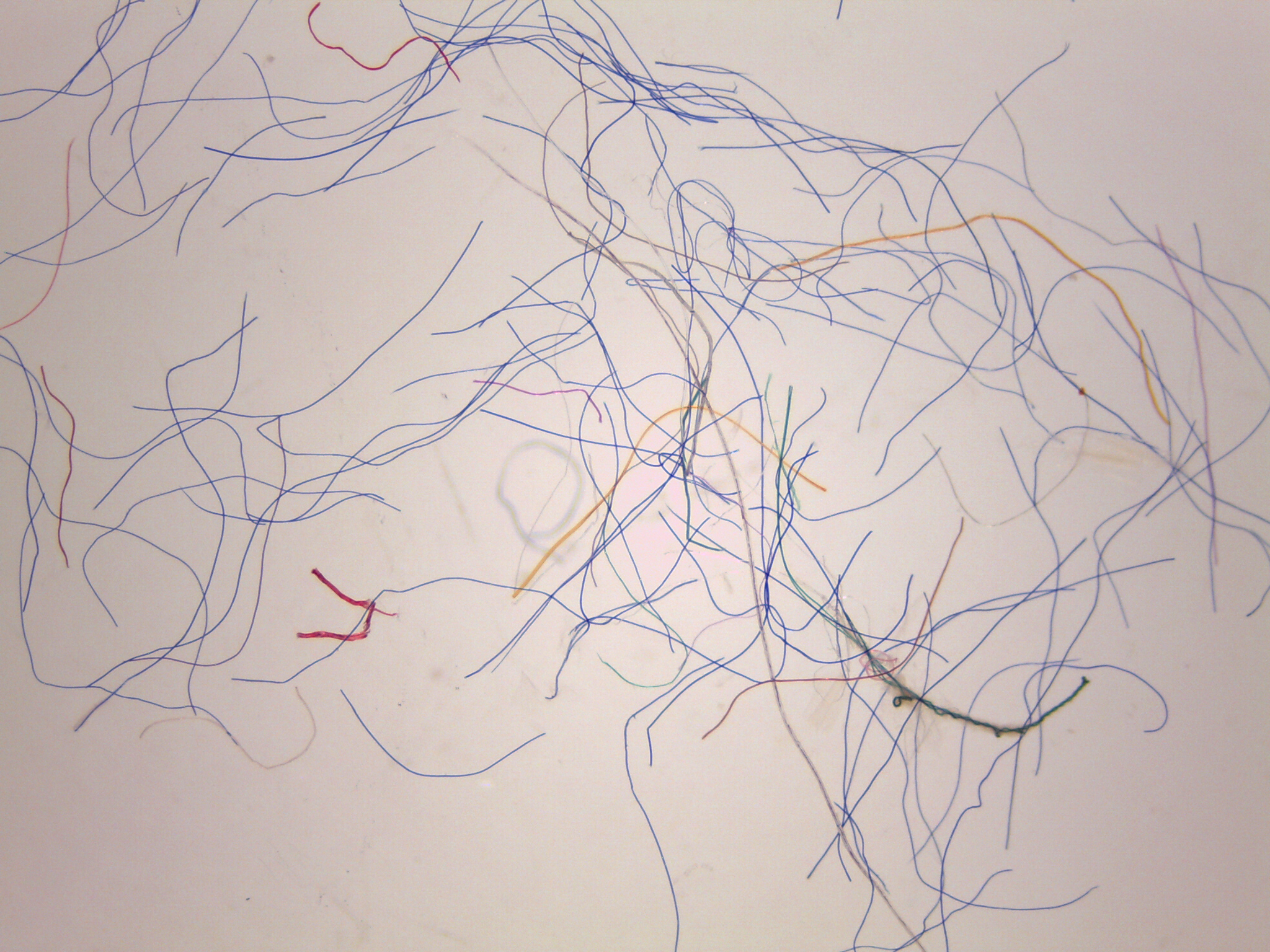The NOAA Marine Debris Program and Environmental Protection Agency’s Trash Free Waters Program, on behalf of the Interagency Marine Debris Coordinating Committee, are pleased to share the Interagency Marine Debris Coordinating Committee Report on Microfiber Pollution.

Microfiber pollution refers to the tiny strands of plastic and non-plastic fibers that are shed during product life cycles and eventually end up polluting the environment. Microfibers have been found almost everywhere, including every continent and many environments, such as sea ice, soil, indoor and outdoor air, and within marine and freshwater animals. These tiny fibers, released from clothing, carpets, cigarette butts, and other fiber-based products, are one of the most pervasive types of microplastics.
This report, created as a requirement of the Save Our Seas 2.0 Act (P.L. 116-224), provides an overview of microfiber pollution, including a proposed definition of a microfiber, an assessment of the problem, and recommendations for measuring and reducing microfiber pollution. It also outlines a plan with five goals for Federal agencies to reduce microfiber pollution in coordination with stakeholders.
The NOAA Marine Debris Program and the Environmental Protection Agency’s Trash Free Waters Program co-led the development of this report on behalf of the Interagency Marine Debris Coordinating Committee, with support from the consulting firm Materevolve and the National Marine Sanctuary Foundation. The report went through an extensive development process with feedback and input provided by experts across the United States and Canada in the academic, government, and industry sectors. These experts participated in an Expert Advisory Committee and provided individual advice and information, ensuring the most relevant and recent research across a range of disciplines was considered. Additionally, feedback was incorporated from 12 Federal agencies through workshops and a questionnaire. Thoughtful public feedback was also solicited through a 30-day public comment period.
To learn more about the challenges of and opportunities for addressing microfiber pollution and the federal plan, view the full report.
